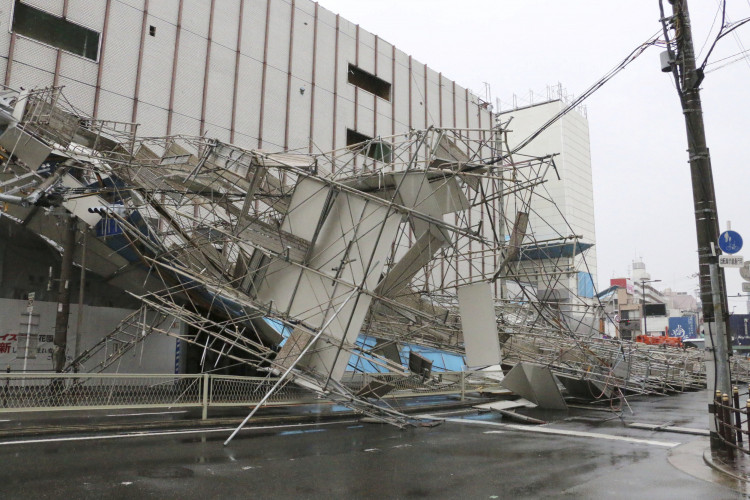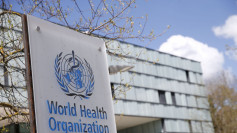Environmental groups warned on Wednesday that Hong Kong's proposed artificial island near Lantau could suffer the same fate as Osaka's airport when a severe typhoon hits - just like Typhoon Jebi.
Leung Wing-mo, the former assistant director of the Hong Kong Observatory, said that Hong Kong's sea level is expected to rise by more than 1 meter from 2000 levels by the end of this century. The weather on the island is becoming more "extreme" over the past years.
According to the South China Morning Post, the government should start considering the possibility of the proposed island being flooded, as in the case of Kansai International Airport.
"[Japan] did not plan thoroughly before the airport was built. The consequences can be dire if [the Hong Kong government] also fails to consider all scenarios in building the artificial island," Leung said.
On Tuesday, Typhoon Jebi hits southwest Japan, causing Osaka's airport to shut down. The strong wind brought by the typhoon sent a 2,591-tonne tanker, smashing the only bridge that connects the airport to the mainland. The runways were also flooded, causing the cancellation of flights.
The rescuers started evacuating thousands of travelers stranded at the airport on Wednesday. On the evening of that same day, there are 11 deaths reported and hundreds of injuries caused by the typhoon.
The Japanese government failed to consider the amount of precipitation a typhoon may bring (such as Jebi) while still planning stages on the airport more than two decades ago, said Roy Tam Hoi-pong, the founder of Green Sense. The said typhoon is considered to be the strongest in Japan for the past 25 years.
Tam fears that the Hong Kong government would also fail to recognize similar disaster years from now as the climate is becoming unpredictable and more extreme.
"Twenty-five or 30 years from now, a typhoon the magnitude of Jebi may come every year," he warned. "You can build the artificial island higher, but then it would cost much more. It is not worth it."
Tam also dismissed the remarks of Stanley Wong Yuen-fai, chairman of the Task Force on Land Supply, that public support the reclamation as an option.
In August, Tam and his group conducted a study with Tom Yam - a member of the Citizens Task Force on Land Resources. The study highlighted it would likely cost about HK$460 billion (US$58.6 billion) to build the island and its connections to other parts of Hong Kong.
As per the green groups, the rising sea level will not only flood the artificial island as other coastal residential areas might be affected as well. Since it would cost billions in building the island, the group asked the government to consider whether such an idea is worth it or not.






